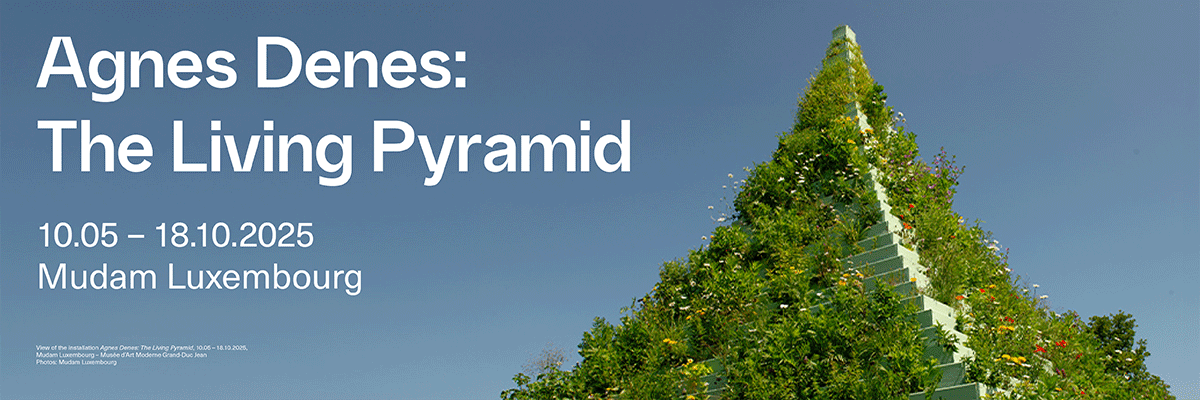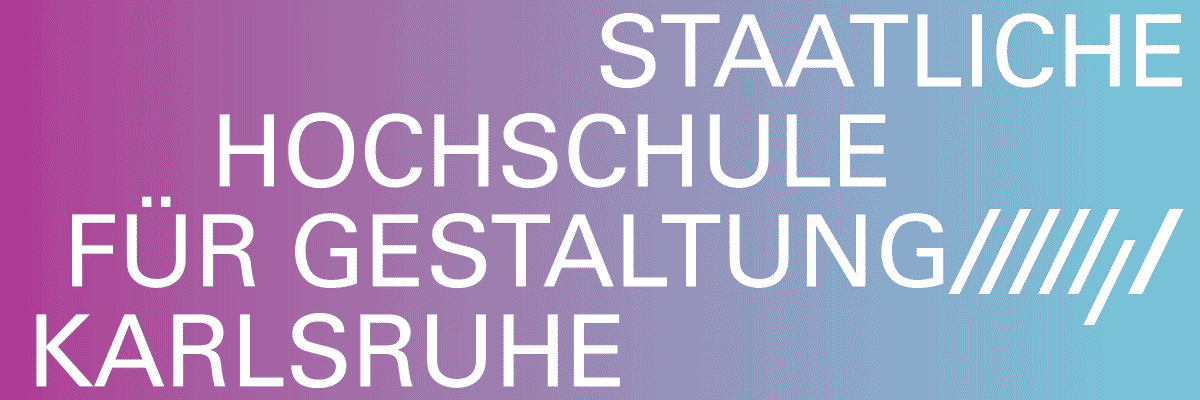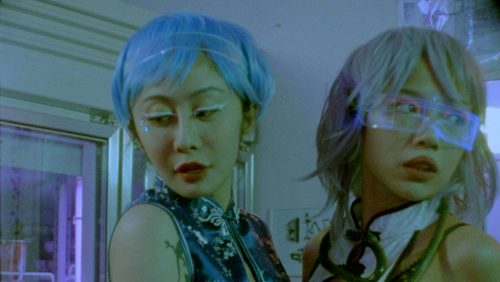
Anaïs Horn, Eilert Asmervik
Nothing in The World is Single

Anaïs Horn, Nothing in the World Is Single, 2025, rapeseed wax, wicks, sandalwood oil, size variable.
Advertisement

Installation view

Installation view

Installation view

Installation view

Installation view

Eilert Asmervik, Three Aces accompany the Curtain Call, 2025, air pump, ceramic ocarinas, Patafix, antique textile, size variable.

Eilert Asmervik, Trollkar, 2023-2025, oil and varnish on canvas, 120 × 100 cm. Eilert Asmervik, Trollkjærring, 2023- 2025, oil and varnish on canvas, 120 × 100 cm.

Anaïs Horn, Nature Morte (Collesino) I–V, 2025, gouache on hand-marbled paper, inkjet print, glue, varnish, wooden box, 50 × 25 cm each.

Anaïs Horn, Nature Morte (Collesino) I–V, 2025, gouache on hand-marbled paper, inkjet print, glue, varnish, wooden box, 50 × 25 cm each.

Eilert Asmervik, Plus puls, 2025, water soluble oil on paper, 21 × 29,7, in artist’s frame.

Anaïs Horn, Nature Morte (Collesino) I–V, 2025, gouache on hand-marbled paper, inkjet print, glue, varnish, wooden box, 50 × 25 cm each.

Installation view

Anaïs Horn, Love, never ask (Barbe-Bleue), 2025, etching on Hahnemuehle paper, 24 × 30 cm, signed and numbered edition of 10, in artist’s frame.

Anaïs Horn, Love, never ask (Kékszakállú), 2025, etching on Hahnemuehle paper, 24 × 30 cm, signed and numbered edition of 10, in artist’s frame..

Eilert Asmervik, O.T. , 2025, water soluble oil on paper, 21 × 29,7, in artist’s frame.

Eilert Asmervik, RP, 2025, water soluble oil on paper, 29,7 × 19 cm, in artist’s frame.
They say that when you live in the mountains long enough, you begin to see
over the corner. They say it helps uncovering a true love-or at least being
very suspicious. Lunigiana is full of these quiet contradictions. A region
of soft borders, where one thing leans to another and time slips between
geology and myth. What appears stable begins to move (yes, a landslide joke).
Somehow we find ourselves here and this peripheral place became a site of
intensity. Like a Deleuzian assamblage, gestures, materials, bodies,
memories—held not by structure, but by their mutual proximity.
As other romantics, Shelley passed through this terrain, towards
the Ligurian coast where his body would later be returned to the sea.
“Nothing in the world is single,” he wrote—maybe not as a metaphor,
but as an observation. It’s a way of understanding how everything is bound
together. Here love unfolds less as a feeling than as a structure:
it becomes something relational, something that grows from the interconnecti-
on of things, not their separation. Stones lean on each other.
The logic is not linear and so is not the weather.
The exhibition of Anaïs Horn and Eilert Asmervik begins from that premise.
Paintings, wax sculptures, etchings—all loosely aligned, often unstable—form
a kind of landscape. Forms lean, melt (literally), a gesture dissolves
in repetition, everything touches. As we get back to Shelley, the moon isn’t
just the moon, the bird isn’t just the bird—they are what happens when
things are allowed to exist together in tension, without needing to become
something else. It’s not about finding the point where everything comes
together; it’s about experiencing the space where everything
is still shifting.
Adam Vit




